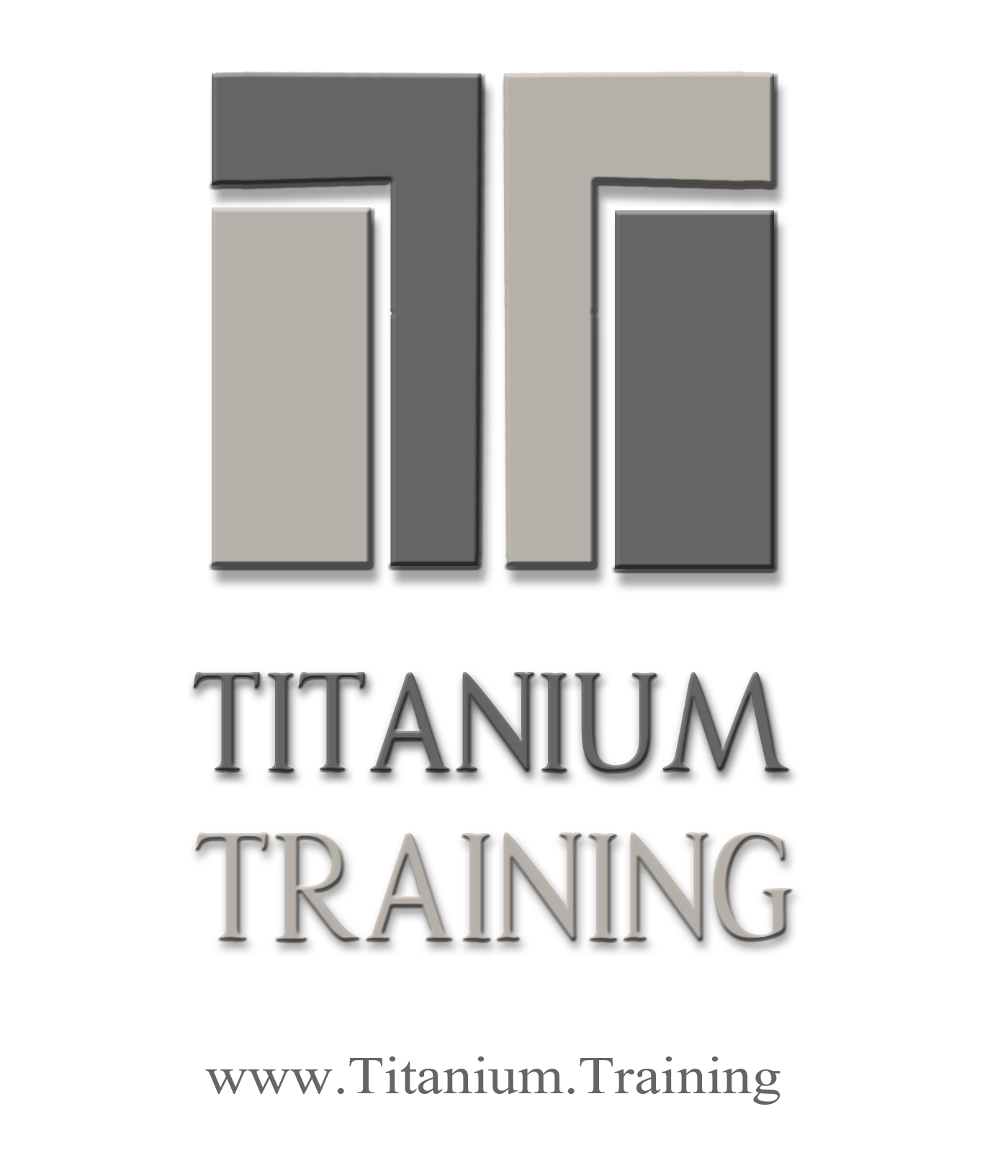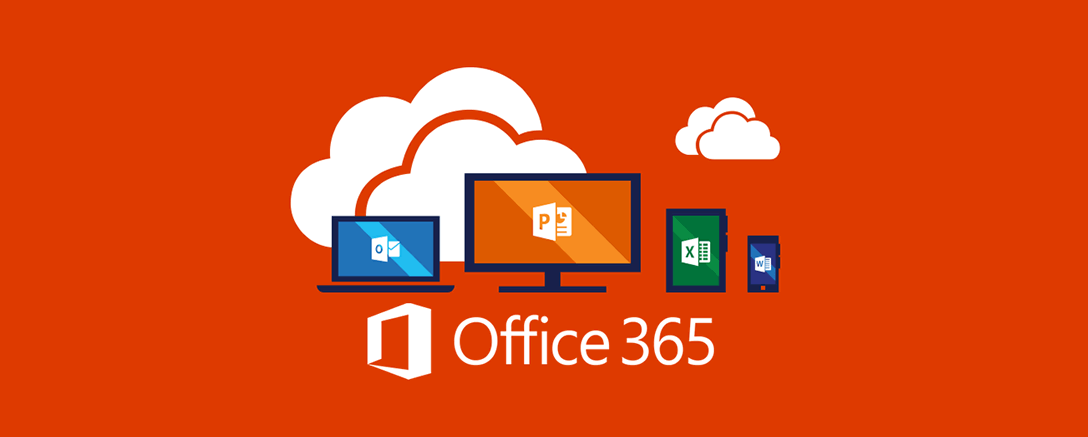Description
£811.00
Demonstrate your skills in transitioning to and administering cloud-hosted business applications with Office 365.
Description
What is MCSA: Office 365?
Demonstrate your skills in transitioning to and administering cloud-hosted business applications with Office 365.
Earning an MCSA: Office 365 certification qualifies you for a position as a software as a service (SaaS) administrator or cloud applications administrator focused on managing Office 365 business productivity products like Exchange, SharePoint and Lync.
Key Areas
There are two areas that are covered in the Office 365:
-
Intuitive and rewarding online training resources
- Optional Training: 70-346
- Required Training: 70-346
-
Official Microsoft Exams
- Optional Training: 70-346
- Required Training: 70-347
Who should take this exam?
This exam is designed for IT professionals who take part in evaluating, planning, deploying and operating the Office 365 services, including its dependencies, requirements and supporting technologies. They should have experience with the Office 365 Admin Centre and an understanding of Exchange Online, Lync Online, SharePoint Online, Office 365 ProPlus and Azure Active Directory. This includes experience with service descriptions, configuration options, and integrating services with existing identity management and on-premises infrastructure to support the business requirements of an organisation.
Training Solution Breakdown:
- Intuitive and rewarding online training resources
- Official Microsoft Exams
- Comprehensive Freephone or email support
- 24/7 access to training materials
- Study anytime, anywhere in a world for a flexible learning experience
- Full mock examinations to fully prepare you for any final exam
- 12 months (one year) unrestricted access
- Access to online or classroom training options
- Progress reviews & comprehensive assessments to ensure efficient understanding of course content
- Career advice and CV support once training has been completed
Exam 70-346
This exam measures your ability to accomplish the technical tasks listed below. The percentages indicate the relative weight of each major topic area in the exam. The higher the percentage, the more questions you are likely to see on that content area in the exam.
*Please note that the questions may test on, but will not be limited to, the topics described in the bulleted text.
Provision Tenants
- Configure the tenant name, tenant region, global administrator; manage tenant subscriptions; and manage the licensing model
Add and configure custom domains
- Specify domain name, confirm ownership, specify domain purpose, and move ownership of DNS to Office 365
Plan a pilot
- Designate pilot users, identify workloads that don’t require migration, run the Office 365 on-ramp readiness tool, create a test plan or use case, and connect existing email accounts for pilot users, service descriptions
For more information, contact one of our course advisors
Configure DNS records for services
-
Creating DNS records for Exchange, Lync and SharePoint
Enable client connectivity to Office 365
-
Configure proxy server to allow anonymous access to Office 365 URLs, configure firewalls for
outbound port access to Office 365, recommend bandwidth, Internet connectivity for clients,
and deploy desktop setup for previous versions of Office clients
Administer rights management (RM)
-
Activate rights management, Office integration with rights management, assign roles for
Microsoft Azure Active Directory RM and enable recovery of protected document
Manage administrator roles in Office 365
-
Permission model, create or revoke assignment of administrative roles or the administrative model,
determine and assign global administrator, billing administrator and user administrator, delegated
administrator, and control password resets
For more information, contact one of our course advisors
Configure password management
- Expiry policy, password complexity, password resets and Administration Centre
Manage user and security groups
- Bulk import, Azure Active Directory Graph API, soft delete, Administration Centre and multi-factor authentication
Manage cloud identities with Windows PowerShell
- Configure passwords to never expire, bulk update of user properties, bulk user creation, Azure Active Directory cmdlets, bulk user licence management and hard delete users
For more information, contact one of our course advisors
Prepare on-premises Active Directory for DirSync
- Plan for non-routable domain names, clean up existing objects, plan for filtering Active Directory, and support for multiple forests
Set up DirSync [WAAD sync tool]
- Soft match filtering and identify synchronised attributes, password sync, and installation requirements
Manage Active Directory users and groups with DirSync in place
- Delete, create, modify, and schedule and force synchronisation
For more information, contact one of our course advisors
Plan requirements for Active Directory Federation Services (AD FS)
- Namespaces and certificates, plan AD FS internal topologies and dependencies, plan AD FS proxy topologies, network requirements, multi-factor authentication, and access filtering using claims rules
Install and manage AD FS servers
- Create AD FS service accounts, configure farm or stand-alone settings, add additional servers, convert from standard to federated domain, and manage certificate life cycle
Install and manage AD FS proxy servers
- Set up perimeter network name resolution, install required Windows roles and features, set up certificates, configure AD FS proxy settings, and set custom proxy forms login page
For more information, contact one of our course advisors
Analyse reports
- Service reports, mail protection reports, auditing log and portal email hygiene reports
Monitor service health
- RSS feed, service health dashboard (including awareness of planned maintenance, service updates and historical data), Office 365 Management Pack for System Centre Operations Manager, and Windows PowerShell cmdlets
Isolate service interruption
- Create a service request, Microsoft Remote Connectivity Analyser (RCA), Microsoft Online Services Diagnostics and Logging (MOSDAL) support toolkit, Transport Reliability IP Probe (TRIPP), Microsoft Connectivity Analyser tool, and hybrid free/busy troubleshooter
For more information, contact one of our course advisors
Exam 70-347
This exam measures your ability to accomplish the technical tasks listed below. The percentages indicate the relative weight of each major topic area in the exam. The higher the percentage, the more questions you are likely to see on that content area in the exam.
*Please note that the questions may test on, but will not be limited to, the topics described in the bulleted text.
Manage user-driven client deployments
- Restrict self-provisioning of Office 365 ProPlus, Windows Store Apps and Mobile Apps, activation/revoke activation, and Office for Mac
Manage IT deployments of Office 365 ProPlus
- Manage deployment, manage streaming updates, use the Office deployment tool and customise deployment
Set up telemetry and reporting
- Enable telemetry through Group Policy, set up telemetry service, report user issues and deploy agent
Plan for Office clients
- Outlook, Lync client, Office on Demand, Office Web Apps, and click-to-run versus MSI
For more information, contact one of our course advisors
Configure external user sharing
- Configure the tenant name, tenant region, global administrator; manage tenant subscriptions; and manage the licensing model
Create SharePoint site collection
- Set SharePoint Online site collection administrator, set resource quota and warning level, configure public website, set storage quota for site collection, and configure name and URL of site collection
Plan a collaboration solution
- Yammer versus newsfeeds, co authoring, Project Online, access files across multiple client devices (for example, migrate files to OneDrive for Business), Excel services, Visio services, App Store and the need for enterprise eDiscovery
For more information, contact one of our course advisors
Configure additional email addresses for users
- Change style/reply to address, bulk add/remove for new domain, manage secondary email aliases and SIP addresses
Create and manage external contacts, resources and groups
- Create and manage resource mailboxes, create shared mailboxes, create external contacts, assign additional email address to contacts, create and manage distribution lists and members, and delegate permissions
Configure personal archive policies
- Enable personal archives for mailboxes, create custom retention policy, create retention tags, apply retention policy to mailboxes, and review and modify default retention policy
Configure Lync end-user communication settings
- Turn off non-archived features for compliance, configure presence, available services, and configure per-user external communication
For more information, contact one of our course advisors
Manage anti-malware and anti-spam policies
- Release quarantine, configure SPAM confidence level, configure white and black lists, and configure notifications
Recommend a mailbox migration strategy
- Staged, cutover, hybrid and IMAP
Plan for Exchange Online
- Plan client requirements for archive, manage eDiscovery, enable Legal hold, configure OWA access, and configure ActiveSync
Manage Lync global external communications settings
- Enable external access, manage domains, manage public IM connectivity, customise meeting invitations, and disable push notification service
For more information, contact one of our course advisors








